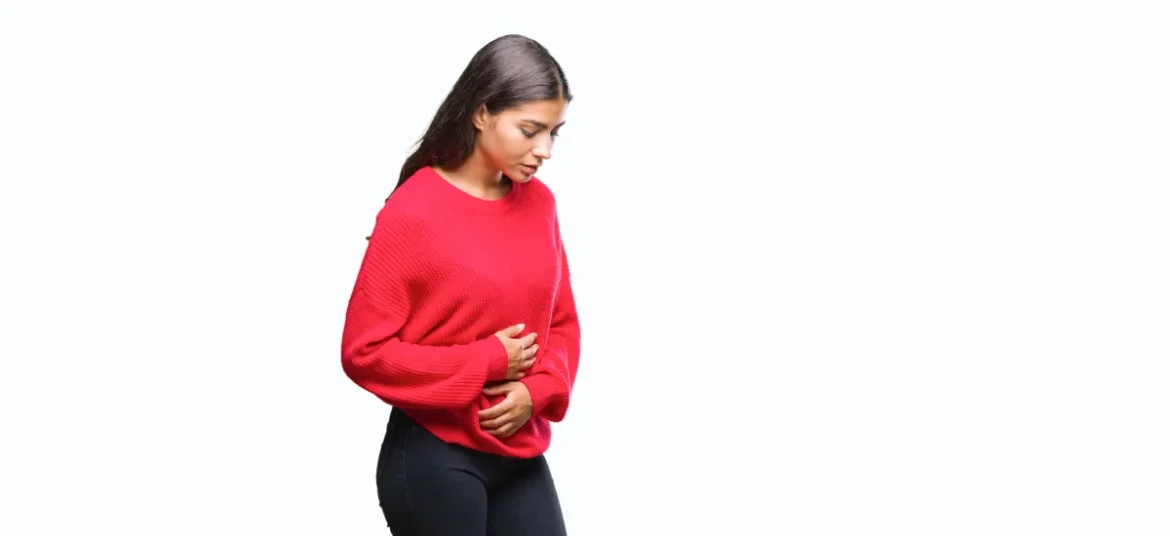By Desmond Nleya
Menstrual cramps, medically known as dysmenorrhea, are a monthly reality for millions of women. These cramps, often accompanied by lower back pain, bloating, fatigue, and mood swings, can significantly affect daily life. While some discomfort is normal, severe and persistent period pain should not be dismissed. Fortunately, there are natural, lifestyle-based, and medical approaches that can help prevent or reduce the severity of menstrual cramps.
1. Understanding the Cause of Period Pain
Menstrual cramps occur when the uterus contracts to shed its lining. These contractions are triggered by hormone-like substances called prostaglandins. The higher the levels of prostaglandins, the more intense the uterine contractions—and the more painful the cramps.
2. Preventive Lifestyle Changes
a) Regular Exercise
Physical activity helps reduce period pain by improving blood circulation and releasing endorphins—your body’s natural painkillers.
Aim for 30 minutes of moderate exercise (walking, cycling, swimming) at least 3–5 times a week.
During your period, light stretching, yoga, or low-impact aerobics can provide immediate relief.
b) Balanced Diet
Eating the right foods can help reduce inflammation and bloating.
Increase intake of: fruits, vegetables, whole grains, and lean proteins.
Foods rich in magnesium (like bananas, spinach, and dark chocolate) help relax muscles.
Omega-3 fatty acids (found in fish, chia seeds, flaxseeds) have anti-inflammatory properties.
Avoid: caffeine, alcohol, salty foods, and processed sugar as they can worsen bloating and cramping.
c) Stay Hydrated
Drinking enough water prevents water retention and reduces bloating. Herbal teas like chamomile, ginger, and peppermint can also ease cramps.
3. Supplements That May Help
Before starting any supplement, consult a healthcare provider.
Magnesium: Reduces muscle tension and nerve sensitivity.
Vitamin B1 (Thiamine): Proven to reduce period pain in some women.
Vitamin D and E: Can help decrease inflammation and regulate prostaglandin production.
Calcium: May reduce mood swings and discomfort during menstruation.
4. Heat Therapy
Applying heat to the lower abdomen relaxes the muscles and improves blood flow.
Use a heating pad, hot water bottle, or take a warm bath.
Studies show heat therapy is often as effective as over-the-counter painkillers.
5. Stress Reduction
High stress levels can lead to more intense cramps. Try incorporating:
Yoga or meditation
Deep breathing techniques
Spending time in nature or doing a hobby you enjoy
6. Medical and Herbal Solutions
If your cramps are debilitating:
Non-steroidal anti-inflammatory drugs (NSAIDs) like ibuprofen can reduce prostaglandin levels.
Hormonal birth control (pill, patch, or IUD) can lighten periods and lessen cramps.
Herbal remedies like fennel, turmeric, and evening primrose oil may offer relief, but should be taken with caution and medical advice.
7. When to See a Doctor
Cramps that severely disrupt your life or worsen over time could be a sign of underlying conditions like:
Endometriosis
Fibroids
Polycystic Ovary Syndrome (PCOS)
Pelvic Inflammatory Disease (PID)
Consult a gynecologist if your pain is persistent, extreme, or accompanied by unusual symptoms.
Conclusion
While period cramps can be challenging, they don’t have to control your life. With a combination of proper nutrition, exercise, hydration, heat therapy, and stress management, many women can significantly reduce or prevent menstrual pain. It’s also vital to listen to your body—period pain that feels excessive should be taken seriously. With the right knowledge and care, every woman can take control of her menstrual health.


